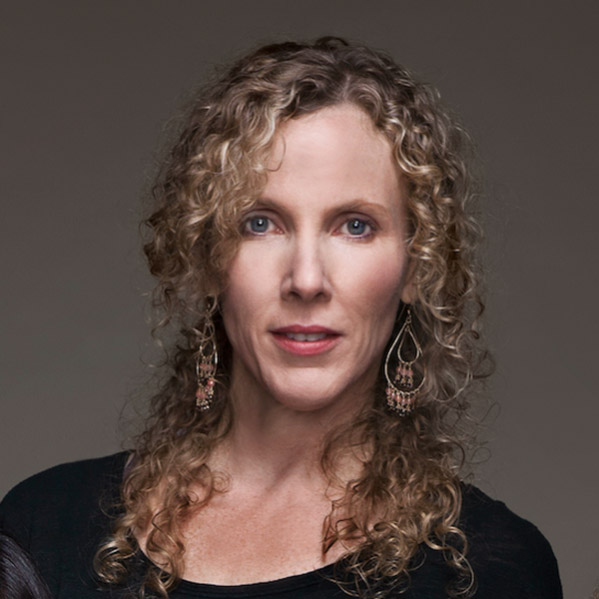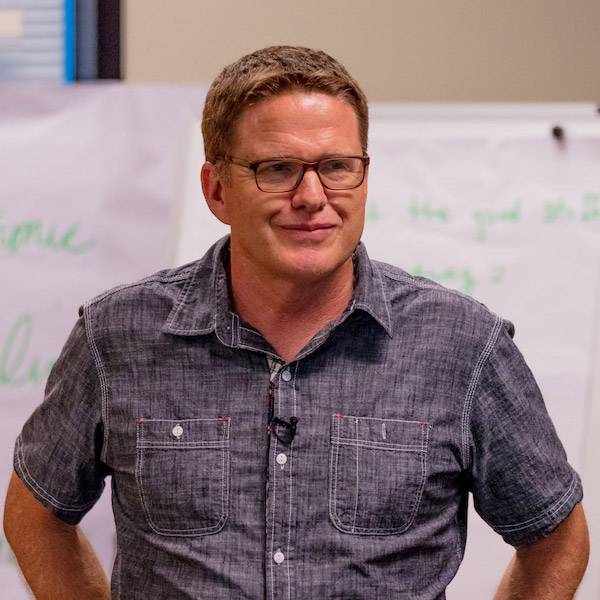Gibson: The key to the strategy/metric/tactic lockup is to identify a high-level product strategy, assign a proxy metric to measure the strategy's effectiveness, then brainstorm a set of projects that will move the metric. If you get stuck in this process, however, it sometimes helps to turn this process on its head.
I often ask a team to list all the projects they believe are important, then sort the projects into buckets of ideas. The label for each of these buckets often indicates the implied strategy. For instance, in the case of the simple product strategy, there were a set of projects that the team believed were important. Here were those ideas. Reduce text and explanations, provide step-by-step guides for new members, use customer support dispositioning data to isolate mistakes, eliminate unused features or functions, provide context-sensitive information/progressive disclosure, provide easy access to self-help systems. Thinking about this list of ideas, we discussed common themes and isolated the simple hypothesis. That was the label that we gave to this bucket of ideas.
In contrast, personalization efforts at Netflix are an example of a top-down approach. We decided that the high-level hypothesis, creating a personalized experience will improve retention. Then, we identified a proxy metric and brainstormed projects to move the metric.
Product strategy exercise number seven. Based on this essay, look at the list of projects you believe are essential, then sort them to identify high-level themes. These themes are potential product strategies. Now re-evaluate your product strategy/metric/tactic lockup to see if it warrants changes or edits.
In the next essay, we'll drop down a level into the product organization to talk about how each product leader can define their product strategy for their swim lane or pod. Essay number six is called A Product Strategy for Each Swim Lane.
Suzanne: I don't know that this is as much a question as just validation, but I love the way that you spoke to the roll-up into the strategy because when I read the first essay in the series, and you do such a good job of this I have to say where every essay I'm already asking the question that you then go on to speak to in more depth in each subsequent one just so great. In the first essay my immediate mind went to how do you get to those four or six strategies as succinctly as personalization?
It sounds like it's just tagging. It's saying, let's round up all of these issues. Let's see if there's a theme. Then let's take that theme and make it sound like something we can get behind.
Gibson: Yeah. I'll tell you how I got to this place. If you walk into a startup and ask them what's all the stuff that they want to build they will tell you. They'll give you a list of stuff. They'll give you a roadmap, et cetera. If people are a little stumped on how to think and talk about the product strategy that's when I say, "Okay, look at all these projects. You believe that these are the right things to do. You're confident about them. Tell me why."
Then yes, to your point they bunch them together and then the themes start kind of screaming out at you. I use this when in some companies where it feels a little over-intellectual, the sort of top down approach. Just tell me what you're working on, and why do you believe these are important ideas?
I sometimes find that sort of helps people to organize their thinking. Then instead of talking about projects or tactics, now they're talking about strategies, and strategies help people to think longer term. Projects have a life of whatever it takes, two months, or three, or six months. But strategies, especially if they're highly effective like personalization at Netflix, they're going to have a life for 10 or 15 years. Then you're just always thinking, "Okay. I know what my proxy metric is. What are the projects or tactics that will move that proxy?" Anyways, I'm an advocate of both working top down and bottoms up.
Really I used various tactics with different people. I'm just always searching for what's most helpful and effective.
Suzanne: Well, and you used the example of personalization here as the top down example. It sounds like when the vision bursts forth that's a pretty good indication of a top down strategy that wants to be born.
Gibson: Yeah.
Suzanne: When and if you don't have that this bottoms up, or this roll up kind of idea can be a really helpful way for folks listening in to say, "Okay. I don't have to feel lost because I don't have a big vision around this. I just have to think about how these things relate and if they matter."
Gibson: I want all product leaders to aspire to be the product leader. There they are sitting at a board meeting telling the board what's up. If they just say, "Here's all the stuff we're going to build. Here are all the projects," it doesn't really sound like they've got it together. But if they say, "Hey, here are a couple of principles, or strategies, or high level theories and hypothesis," now it starts to build some real credibility with investors.
You used the word multiple times at some point it's about providing a story. Sometimes as organizations get bigger it's helpful context that helps everyday in the organization to understand what's important and what's not. That's really how I think about strategy.
Suzanne: I've heard people talk in the context of road mapping, and I know that you speak about road mapping later in the series, that your themes which in this context are really these strategies that you speak about should always be framed from the perspective of the customer. Do you share that?
Gibson: I guess maybe I don't. That's funny. I got your point right away. Okay. Let's take an example. Well, put it this way. You'd like there to be a customer benefit but at the end of the day in strategy I'm not talking to the customer right? I'm talking to the teams. I'm talking to the company. I'm talking to investors.
Like at Chegg one of the strategies was all about building a student graph. I would never use the language student graph to a customer. Now what the student got through the student graph was we instantly knew what campus they were on, and what classes they were in, and what books required for that class. The benefit was making it easy for them to find their books.
But the language that we used internally was student graph which we were trying to build a sort of hard to copy, essentially a network effect there. Anyways, when I'm talking strategy or sharing a roadmap, or trying to figure out the organizational structure I'm not trying to do it in consumer language. But at the end of the day everything we're doing is in service to the customer so I get that. Frankly most of the... Many of the theories and hypothesis are starting with what do we think will delight the customer.
Suzanne: Well, and that's exactly... As you were talking that's where my mind went is, well of course you don't need to frame it through the lens of the customer because delight is baked into the bedrock of the strategy itself if you follow the model.
Gibson: Yeah. Well, the other thing I was thinking about is organizational structure can be pretty tricky and I'm always trying to make it so that the customer can't see our organizational structure. But sometimes the cracks show. You can sort of tell it's a different product leader on the DVDS from streaming, or you can almost tell the personality of the folks that's doing the homepage. But the job is they shouldn't be able to see that. Everything fits together, and flows. Occasionally I'm on other websites and I can almost guess the organizational structure. I can see where the sort of cracks are in the sidewalk if you will, so I try not to make that happen.
Suzanne: You've been listening to musings on essay number five.

In this episode:
- Where do startups go wrong with implementing OKRs
- Can OKRs really scale for enterprise?
- What are pipelines and how do they change the way we think about product roadmaps?

In this episode:
- From retail to product management
- Why relationship building is the number one required skill a product manager could have
- The value of having confidence with humility

In this episode:
- Establishing a clear vision of your career path
- Using metrics to answer burning product questions
- What product managers can learn from biology
